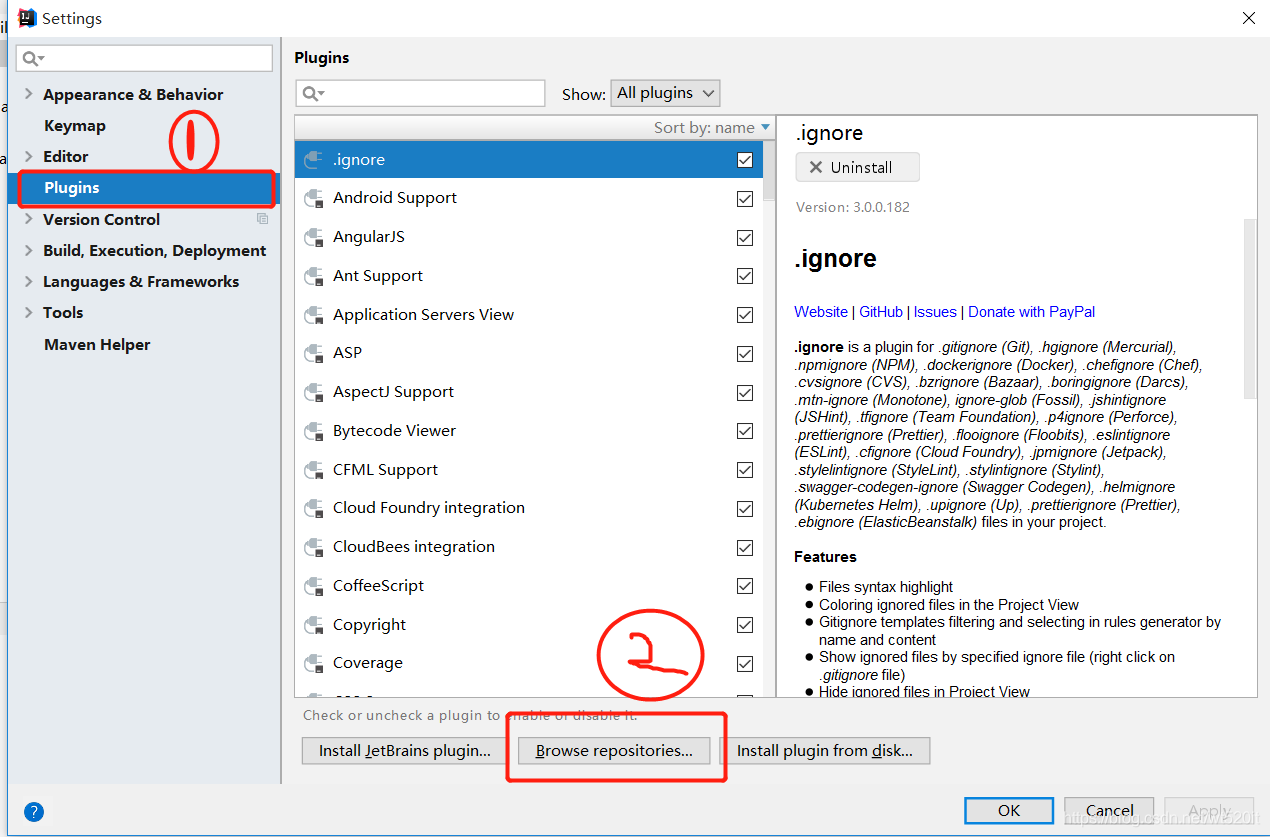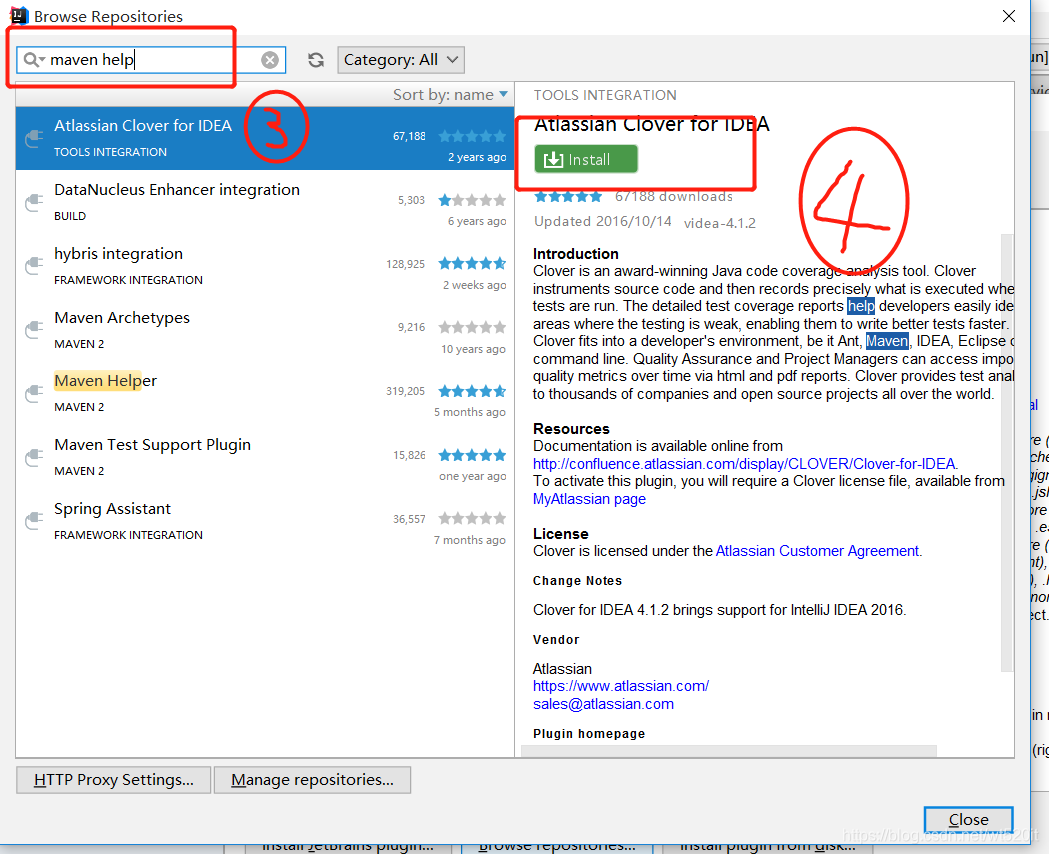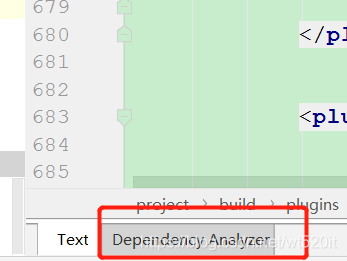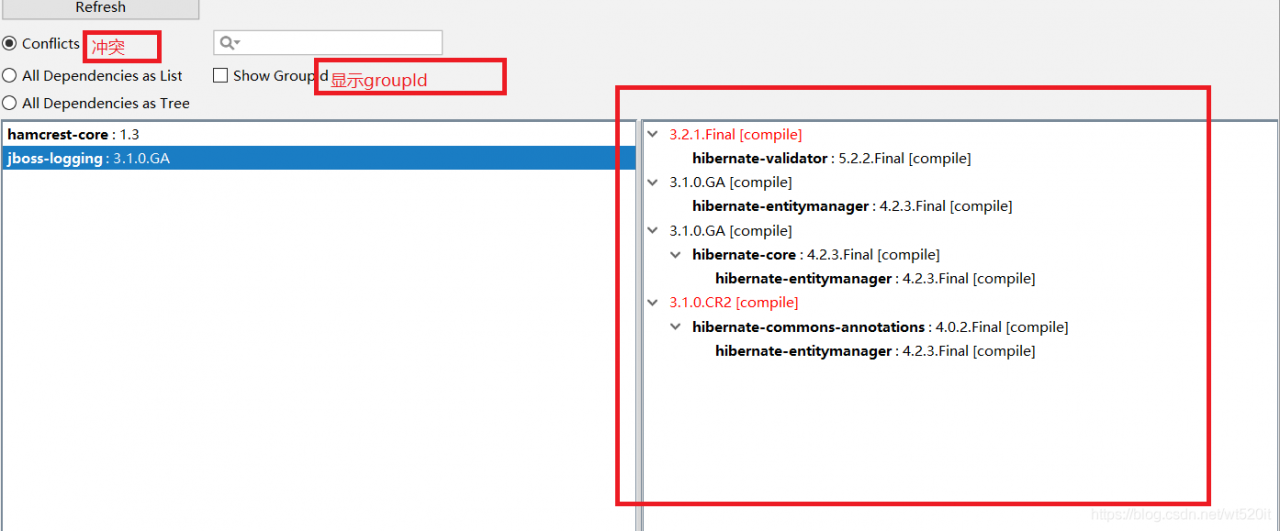Jar conflicts are the most troublesome in Maven development
[INFO] Scanning for projects...
[ERROR] [ERROR] Some problems were encountered while processing the POMs:
[WARNING] 'dependencyManagement.dependencies.dependency.(groupId:artifactId:type:classifier)' must be unique: net.sf.ezmorph:ezmorph:jar -> duplicate declaration of version ${ezmorph.version} @ line 1030, column 16
[ERROR] Child module E:\EclipseHomeWork\parent\upiweb-cms of E:\EclipseHomeWork\parent\pom.xml does not exist @
[ERROR] Child module E:\EclipseHomeWork\parent\upiweb-cms0719 of E:\EclipseHomeWork\parent\pom.xml does not exist @
[ERROR] Child module E:\EclipseHomeWork\parent\upiweb-interface of E:\EclipseHomeWork\parent\pom.xml does not exist @
@
[ERROR] The build could not read 1 project -> [Help 1]
[ERROR]
[ERROR] The project com.upi.web:upiweb-parent:1.0-SNAPSHOT (E:\EclipseHomeWork\parent\pom.xml) has 3 errors
[ERROR] Child module E:\EclipseHomeWork\parent\upiweb-cms of E:\EclipseHomeWork\parent\pom.xml does not exist
[ERROR] Child module E:\EclipseHomeWork\parent\upiweb-cms0719 of E:\EclipseHomeWork\parent\pom.xml does not exist
[ERROR] Child module E:\EclipseHomeWork\parent\upiweb-interface of E:\EclipseHomeWork\parent\pom.xml does not exist
[ERROR]
[ERROR] To see the full stack trace of the errors, re-run Maven with the -e switch.
[ERROR] Re-run Maven using the -X switch to enable full debug logging.
[ERROR]
[ERROR] For more information about the errors and possible solutions, please read the following articles:
[ERROR] [Help 1] http://cwiki.apache.org/confluence/display/MAVEN/ProjectBuildingException
In any case, it is to solve the conflict problem
after reading a lot of blogs or CSDN on the Internet, I feel that they are farting, which is useless at all. At that time, maybe the blogger forwarded or something, in order to cheat the Everbright programmer’s browsing times

in fact, I don’t understand why they sum up, that is, their wrong understanding of the past.
Baidu has n methods, but it can’t solve them
Why install one
What about plug-ins?That’s not nonsense. There must be only one advantage. It’s easy to use. How much time can an easy-to-use plug-in save you
Just go to the installation steps:
file — & gt; settings — & gt; plugs — & gt;

I installed it locally (I was too busy to write this blog before)

After installation, what is the specific function?I believe you will only pay attention to it when you use it
open pom.xml —-> Dependency Analyzer

Then open the sample and compare it:

Then right click: exclude solved
the article comes from the Internet, and the copyright belongs to the author himself. If it infringes the rights and interests of the original author, please contact us for deletion or authorization.
if there is any error, please contact the author for change, thank you, My wechat: void666666